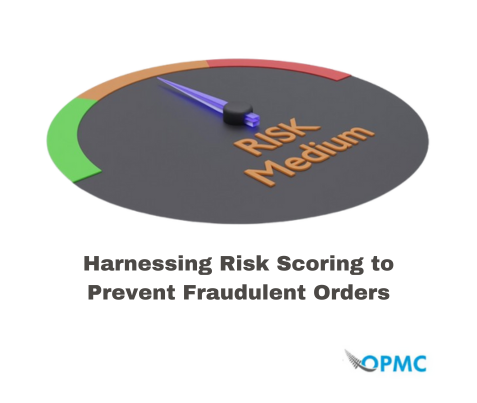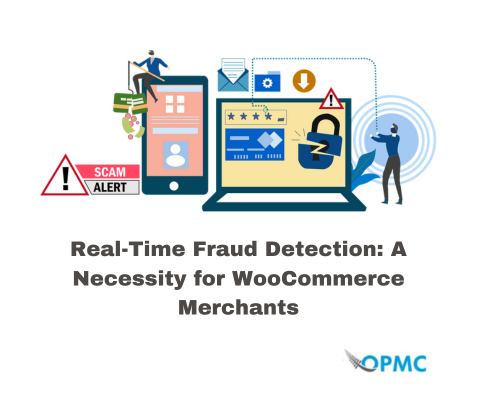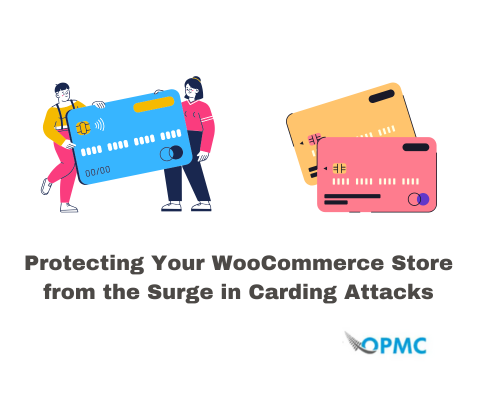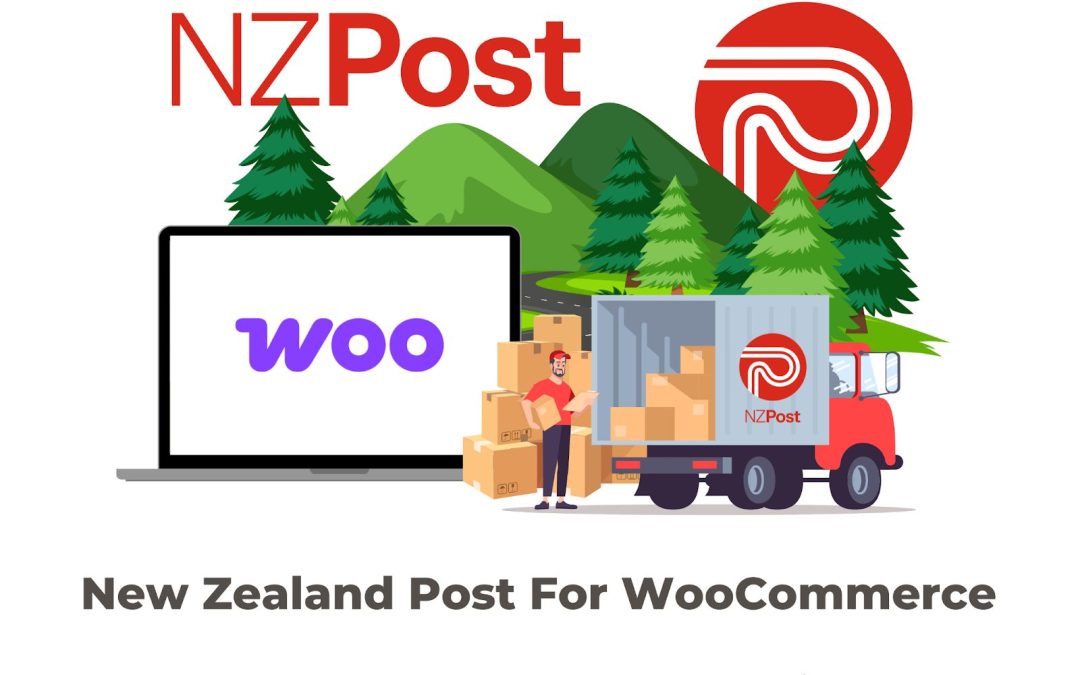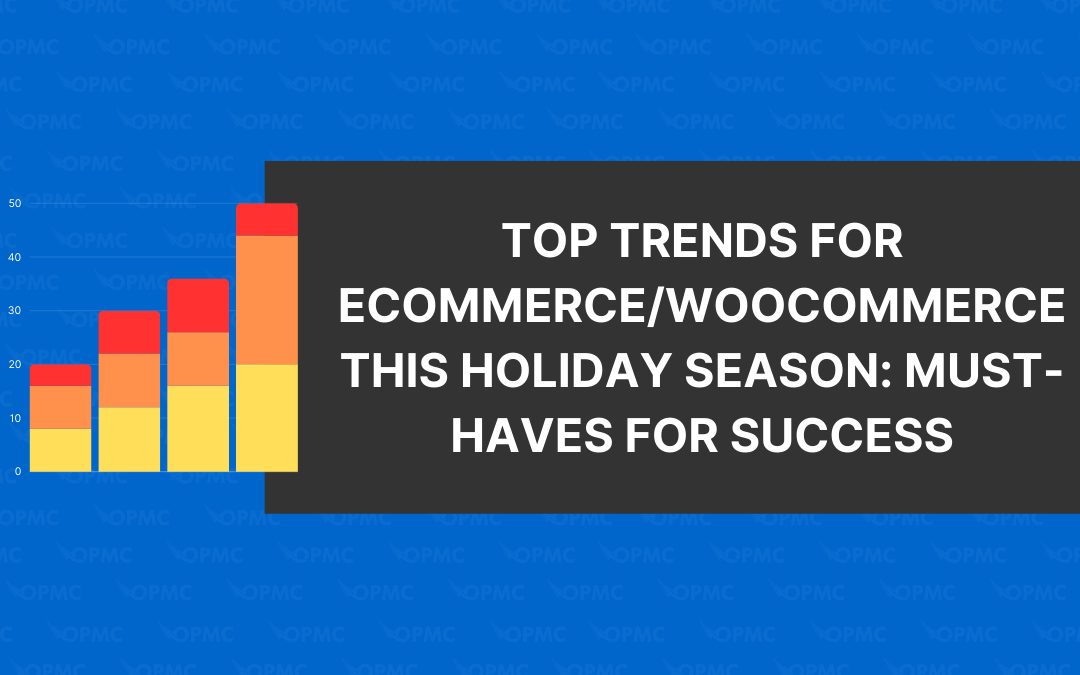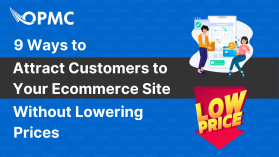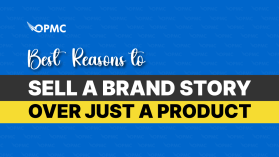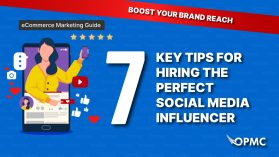Every single year, you are looking at a competitive landscape of roughly 30,000 new products being launched. To put it lightly, that does not end well if you don’t know how to differentiate what you are selling by celebrating core features compared to others.
The challenging part is quite a bit sobering. Only 40% of these products manage to survive in the saturated market. This is the mouse trap problem all over again. Everyone can think of a “better” way to capture mice, but only a few will know how to deliver that product to a waiting audience best.
So, what sets the surviving products apart? The answer lies in a meticulous new product development process.
What is Product Development?
At its core, product development is the meticulous art and science of bringing a product from a mere idea to a tangible final product that appeals to your target market. It’s an amalgamation of ideation, research, planning, and execution, ensuring the product aligns seamlessly with customer needs and market demand.
By itself, it is only an idea. Proper product development is a process where you define vital steps that allow you to bring new ideas to the market efficiently.
You want your process to strategically test and re-test the value of your product without wasting a ton of resources during development. That way, you get the highest ROI (return on investment) possible.
Why Does it Matter?
- Lowers Risk: Proper product development cushions against potential market pitfalls. When you understand your target audience and their preferences intimately, you navigate market challenges with dexterity. You also get rid of possible defects or poor naming features that can end in a social media faux pas.
- Fosters Creativity: It’s a dynamic process that encourages innovation and outside-the-box thinking. Every stage is a chance to redefine, reinvent, and reinvigorate. Your team will love being able to “think outside the box” for a while on something new and exciting.
- Brings the Team Together: Collaborative brainstorming and combined efforts channel the collective genius of your team. Online business culture matters. Even if there are three of you running a massive dropshipping business, you want to include everyone, so they feel heard and personally invested in the new product.
- Cultivation of a Successful MVP: The Minimum Viable Product, the nucleus of your idea, is polished to perfection, ensuring it encapsulates your vision while satisfying customer needs. You are crafting a direct response to the pain points of your target audience. Think about specially coloured fake ducks that meet the visual needs of hunting dogs as an example.
Steps to Product Development
We should be clear there is no 100% guaranteed way to get a successful product through this process. You will need to adapt your own online business process as time moves on, but this is an excellent place to start.
Step 1 – Start with an Idea:
Every towering skyscraper starts with a foundation. In the realm of ecommerce, that foundation is idea generation. Whether it’s filling a market gap or improving an existing product, a solid idea tailored to your target market is pivotal. Let your creativity flow and throw every idea against the wall to see what sticks.
Step 2 – Dive into Market Research:
Understanding your target audience’s preferences, pain points, and purchasing habits is crucial. Thorough market research ensures your product is both relevant and desirable. This can be surveys, social media research, or analytics with the help of AI.
One of our favourite tricks is to compare Google Trends to what is rising in the subreddits on Reddit.
Step 3 – Create a Plan:
Here, the product roadmap is charted. Detailing each phase, from concept to launch, ensures a cohesive and streamlined development trajectory. You will want to hang onto this plan because it will get refined every time you create something new. It will become your bible for future products.
Step 4 – Build a Prototype:
Visualise the abstract. The prototype acts as a tangible representation of your idea, helping identify potential flaws or areas of improvement. If you cannot find a company to partner with, hire a freelancer with a 3D printer. At least that way, you can get your hands on what the product will feel like.
The same is true for digital products. You can quickly get a wireframe of software, apps, or a new website project for very little investment.
Step 5 – Find Materials and Partners:
For ecommerce, this means identifying the right platforms, like WooCommerce or Shopify, and integrating the right plugins and software to enhance the user experience.
You can work with suppliers that cater to your niche or hire out specific parts through European, Asian, or manufacturers in smaller markets to avoid massive competition leaking your ideas too early.
Step 6 – Set a Budget:
Financial foresight is indispensable. Allocating resources judiciously ensures no stage of development is compromised due to a cash crunch. Product development can quickly get out of hand.
It is like remodelling your kitchen. That first estimate grows quickly when you are considering custom lighting or granite countertops.
Step 7 – Refine the Prototype:
It’s a cyclical process. As feedback rolls in, iterative modifications to the prototype ensure it’s aligned with market demands and expectations. Check for errors and run testing with your audience segment you know you trust. Their feedback can be the difference between “Pepsi Clear” and “Cherry Coke.”
Step 8 – Launch the Product:
With every box ticked off, it’s showtime. But remember, post-launch feedback is invaluable. It’s the compass that steers future improvements and iterations. Set a date and send out your new products but keep a close eye on all your metrics so you can adapt as quickly as possible.
Get Your Business Ready
With your product poised for launch, ensure your ecommerce platform is primed to deliver a seamless customer experience. Connect with OPMC for a customised WooCommerce Customer Support plugin that allows you to get 24/7 feedback about how your new product is doing.
You can easily connect a live chat option to your site and then review the inputs you receive. You never know when a comment from a single order can lead to complementary products that boost your revenue potential.
Conclusion
In the cutthroat world of ecommerce, innovation is not just about survival but thriving. An optimised new product development process is the golden key to ensuring your product doesn’t just become a statistic but stands tall, resonating with your target market. Use these steps and take your online business to the next level with fantastic new products.
FAQs
What is the meaning of product development?
Product development is the series of steps transforming a product from ideation to its final launch.
How do you use product development?
Craft a strategy that’s efficient without compromising the quality of your final product. Tailor it to your target market, ensuring you address their unique needs and desires.
Why is product development essential?
It’s about distinction and core values. The goal is to craft a product that not only stands apart in a sea of competitors but also embodies your brand’s ethos and values.
Visit our store today!
Get a powerful boost to your security, customer support, inventory management, and more…

